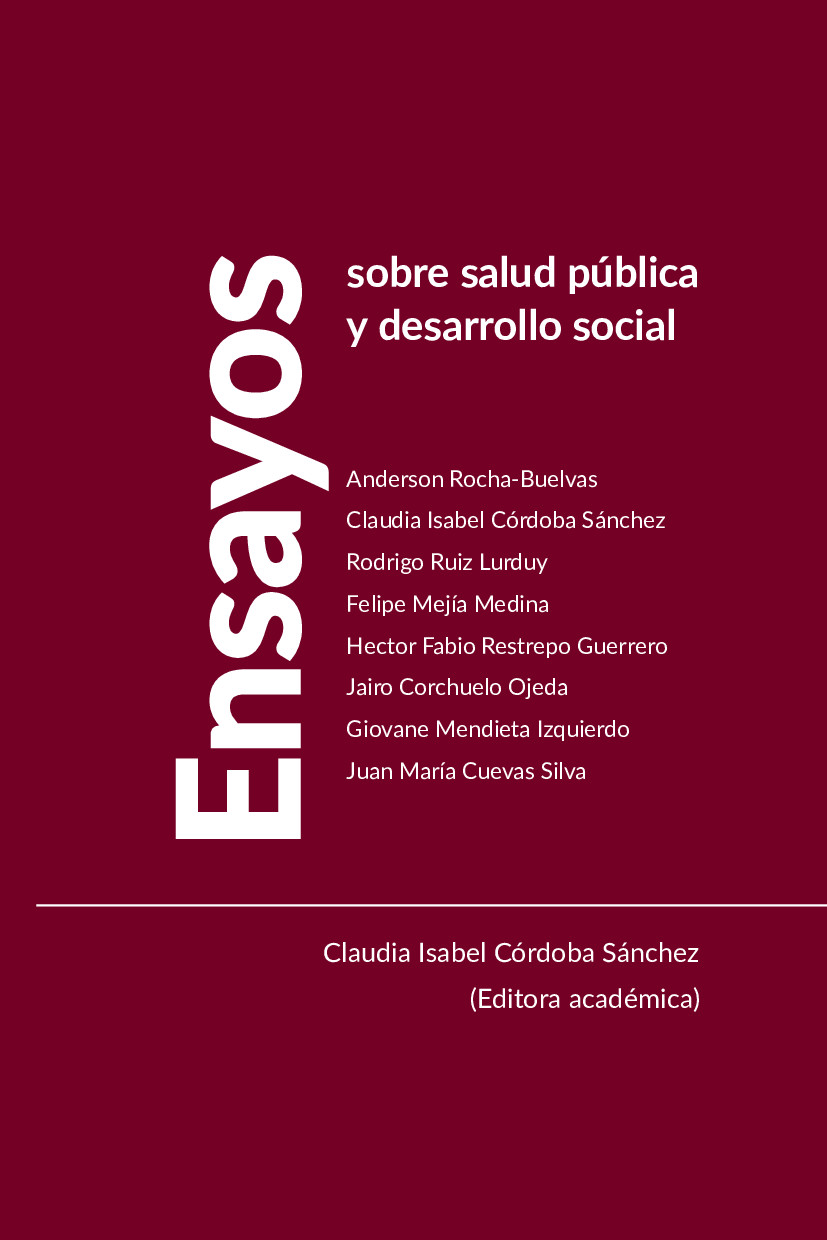Abstract
La Hemoglobinuria Paroxística Nocturna, HPN, es una causa poco frecuente de pancitopenia, con una incidencia aproximada de 1/100.000 personas; sin embargo, debe ser tenida en cuenta por el impacto que puede provocar en los pacientes, llevándolos incluso hasta la muerte. Este es el caso de un varón de 26 años, que presenta un cuadro de tres años de evolución con síntomas de curso intermitente, consistente en disnea, fiebre, astenia, adinamia, dolor abdominal, sangrado gingival, epistaxis, orinas hipercoloreadas
intermitentes. Al examen físico se encuentra pálido, tinte ictérico, petequias. Había consultado en los últimos tres años por cuadros similares, acompañados de episodios infecciosos. Durante el último cuadro presentó hemoglobina de 4,7 g/dL, hematocrito de 14%, leucocitos de 200xmm3, plaquetas de 1000xmm3, reticulocitos
4%, Test de Coombs negativo. El trastorno básico de la emoglobinuria Paroxística Nocturna HPN responsable de la pancitopenia, es la sensibilidad de las células hematológicas al complemento, causando lisis celular. Esta patología tiene varias formas de manifestación, una de las cuales cursan con signos de hemólisis y falla medular. Su trayectoria es variable, con remisiones y exacerbaciones, o causando la muerte poco tiempo después del diagnóstico dependiendo del número de células afectadas y se establece con la prueba de Ham,
la prueba de la sacarosa o la citometría de flujo. Debido a los antecedentes de infecciones repetidas, sangrados, petequias y
resultados de laboratorio, se enfoca como una posible falla medular, se formulan recomendaciones para su diagnóstico bajo la sospecha de una HPN y se solicita Test de Ham.
Abstract
The Paroxysmal Nocturnal Hemoglobinuria is an infrequent cause of pancytopenia; although it has an approximate incidence of 1/100.000 people, it always should to be taken into account due the possible consequences in a patient’s health. PNH could be fatal in some patients. This case is a 26 years old man that has been having for the last three years on and off symptoms like dyspnea, fever, asthenia,
abdominal pain, gingival hemorrhage, epistaxis, hypercolored urine intermittently. In the physical exam we have a pale patient, slightly jaundiced and with petechiae. The patient has been going to the doctor’s office for the last three years with similar concerns, accompanied with infectious episodes. The last episode, the patient
presented with an hemoglobin of 4,7 g/dL, a hematocrit of 14%, leucocytes of 200 x mm3, platelets of 1000 x mm3, reticulocytes of 4%, and a negative Coombs test. The principal cause of pancytopenia in PNH is the sensitivity of the blood cells to complement that cause cell lysis. This pathology has different forms of presentation: One of the forms presents with signs of hemolysis and bone marrow failure. This pathology has a variable course with constant exacerbations and remissions, or causing death little time after the diagnosis depending on the number of affected cells. The diagnosis is made with the
Ham test, the saccharose test or flow cytometry. Because of the history of frequent infections, hemorrhages, petechiae and the laboratory results, he is taken as a patient with a possible bone marrow failure. Recommendations are made for his possible diagnosis of PNH and a Ham test is ordered.
KeyWords: Anemia; Pancytopenia; Paroxysmal Nocturnal Hemoglobinuria
Licence
Authors should declare no conflicts of interest either for reasons of financing the project which is the result of the article; as well as intellectuals, academics, moral and investigative reasons.
The Journal of Andean Research is home to the ethical rules for publications issued by the COPE: http://publicationethics.org/resources/code-conduct


















